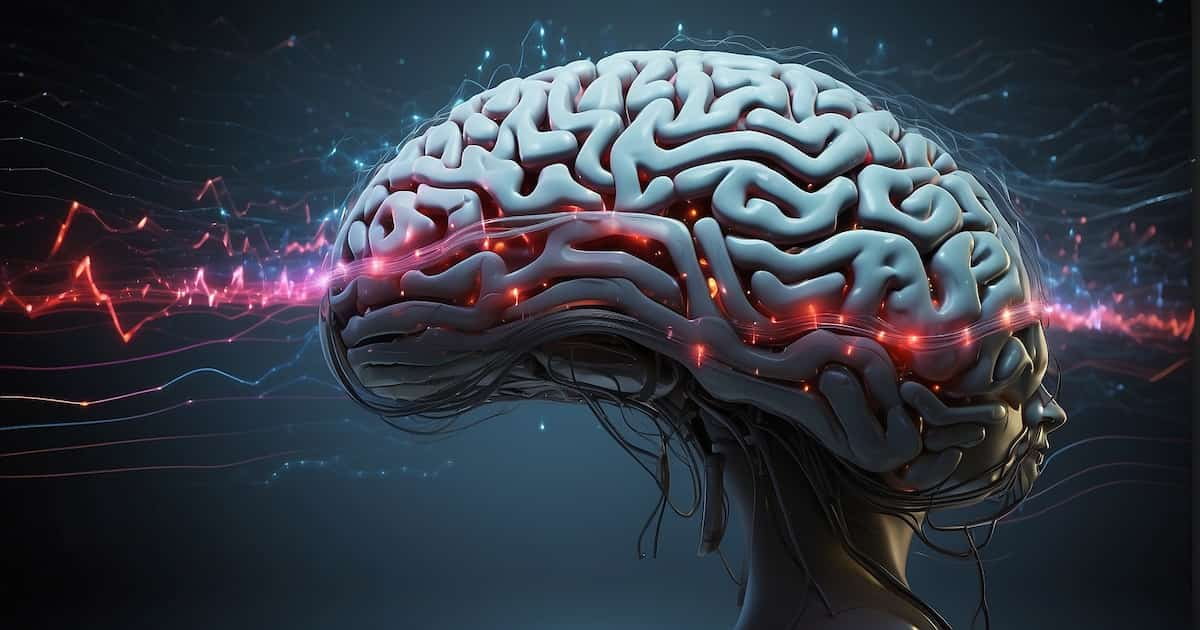
Understanding the different types of brain waves is crucial for comprehending our mental functioning and overall well-being. These brain waves, measured by an electroencephalograph (EEG), play distinct roles in our consciousness, cognition, and emotional states.
Throughout our day, while performing daily tasks, our brain is firing with tremendous neuronal activity. These neurons fire randomly as well as in a synchronized manner. These brain waves provide rhythmic electrical pulses from communicating neurons which are termed neural oscillations. For these signals to be detected from the cerebral surface, a large number of neurons must be active synchronously. When the signals’ amplitude is high enough, they can be detected from the cerebral surface with electroencephalography (EEG).
Why Understanding Brain Waves Matters:
Different brain regions have distinct functional roles and increasingly these are being shown to be linked in a highly coordinated way. One way such coordination takes place is via electrical brain “waves”.
- Optimal Functioning: Each brain wave serves a purpose, contributing to optimal mental functioning.
- Stress Management: Knowing your momentary dominant brain wave can help manage stress and anxiety.
- Learning and Memory: Brain waves influence learning, memory, and cognitive abilities.
- Sleep Quality: Understanding delta waves aids in improving sleep quality.
- Mental Health: Imbalances in brain waves are linked to mental health conditions.
What’s being learned further about our human brain is the involvement of brain waves in working memory. This form of memory allows us to hold multiple pieces of information in mind—a grocery list for your evening meal, the time of an appointment that day, a telephone number—from time duration involving minutes to several hours.
This working memory allows you to choose what to focus on, choose what you hold in your head, and choose when to be decisive and even when to take action. It’s all about coordinating control from the environment to your own inner self. Once you can gain better control of your working memory, you go from being a simple mammal that’s knocked around by the environment to a more intelligent Homo sapien that can control your mind to far greater heights without losing train of thought.
In one recent study, scientists found that the primate brain uses beta waves to consciously switch between different pieces of information. This adds to insights that had previously emerged about how gamma waves are associated with encoding and retrieving sensory information. These studies also found that when gamma waves increased in intensity, beta rhythms decreased, and vice versa.
Studies have shown that beta waves are associated with “top-down” information like when you’re pursuing a current goal, including how to achieve it, and the rules of a tasks involved. This suggests that beta waves determine which pieces of information can be read out from the working memory in the brain. It is further believed that beta waves act like a signal that opens and closes access to working memory.
These beta waves clear out working memory, and can act as a switch from one thought or item into another. This is crucial in understanding why some people tend to get cut off or lose train of thought easily, and this information is hopefully aiding in providing a solution.
Here are the actual brain waves and their frequencies from lowest to most active:
Delta Waves (0.5 Hz to 4 Hz):
- Function: Dominant during deep sleep and unconscious bodily functions.
- Importance: Restoration, healing, and memory consolidation.
Theta Waves (4 Hz to 8 Hz):
- Function: Associated with deep meditation, creativity, and dream states.
- Importance: Enhanced intuition, emotional processing, and accessing the subconscious.
Alpha Waves (8 Hz to 12 Hz):
- Function: Linked to relaxation, calmness, and effortless focus.
- Importance: Quieting the mind, meditation, and creative states.
Beta Waves (13 Hz to 32 Hz):
- Function: Dominant during wakefulness, conscious thought, and logical thinking.
- Importance: Cognitive tasks, focus, and alertness.
Gamma Waves (40 Hz to 100 Hz):
- Function: Associated with higher cognitive processes, memory, and information processing.
- Importance: Learning, perception, and binding of senses.
- Imbalance:
- Too much: Anxiety, stress, and high arousal.
- Too little: ADHD, depression, and learning disabilities.
In summary, our brain’s ability to transition through these waves impacts our daily experiences, emotions, and overall performance.
Related content: